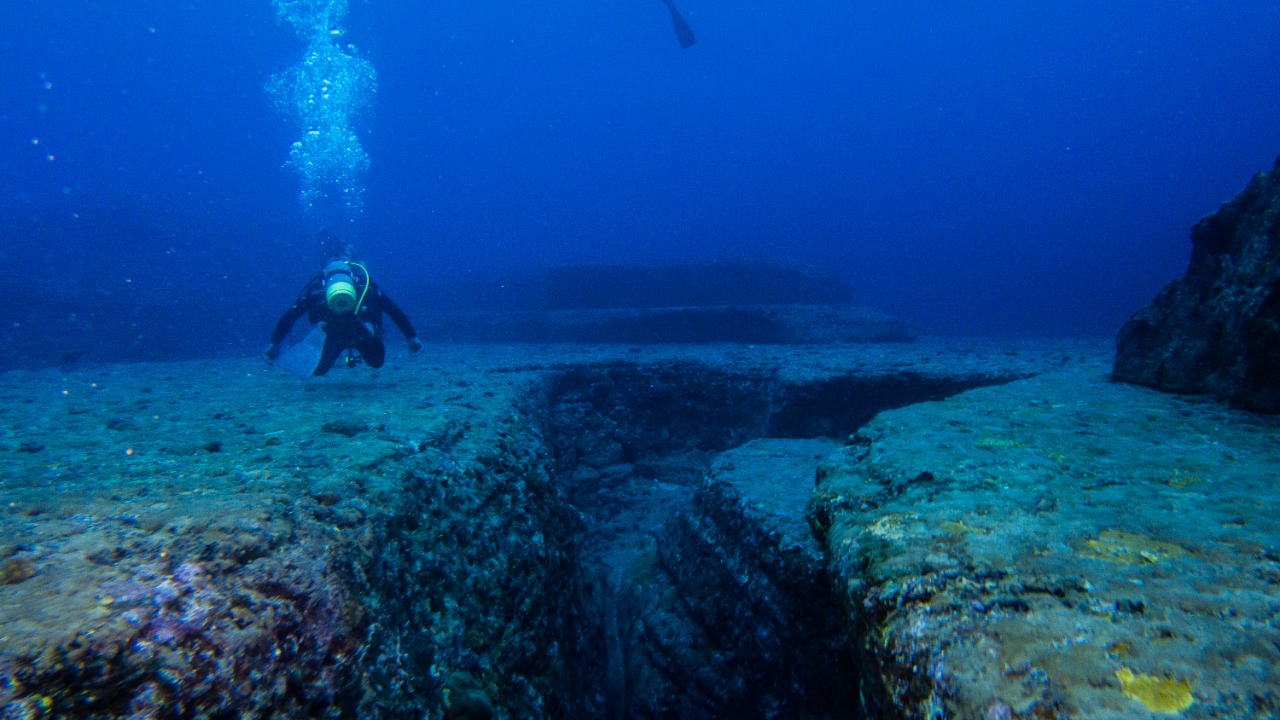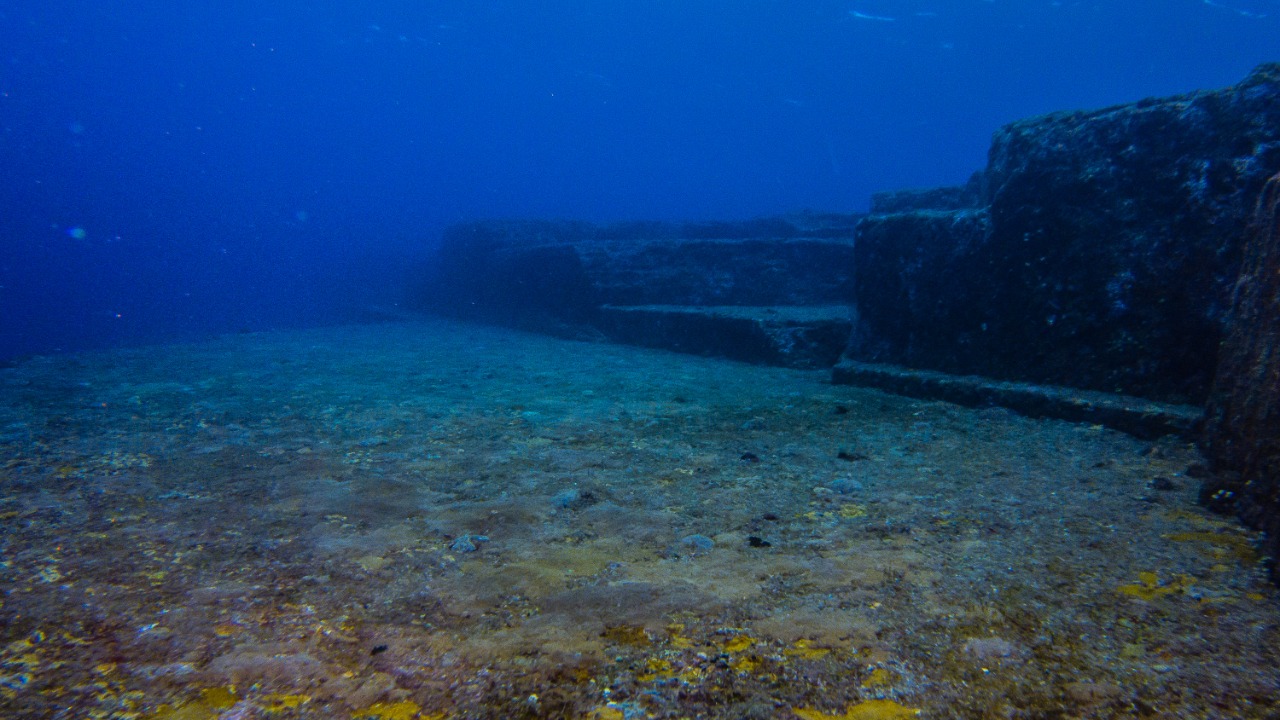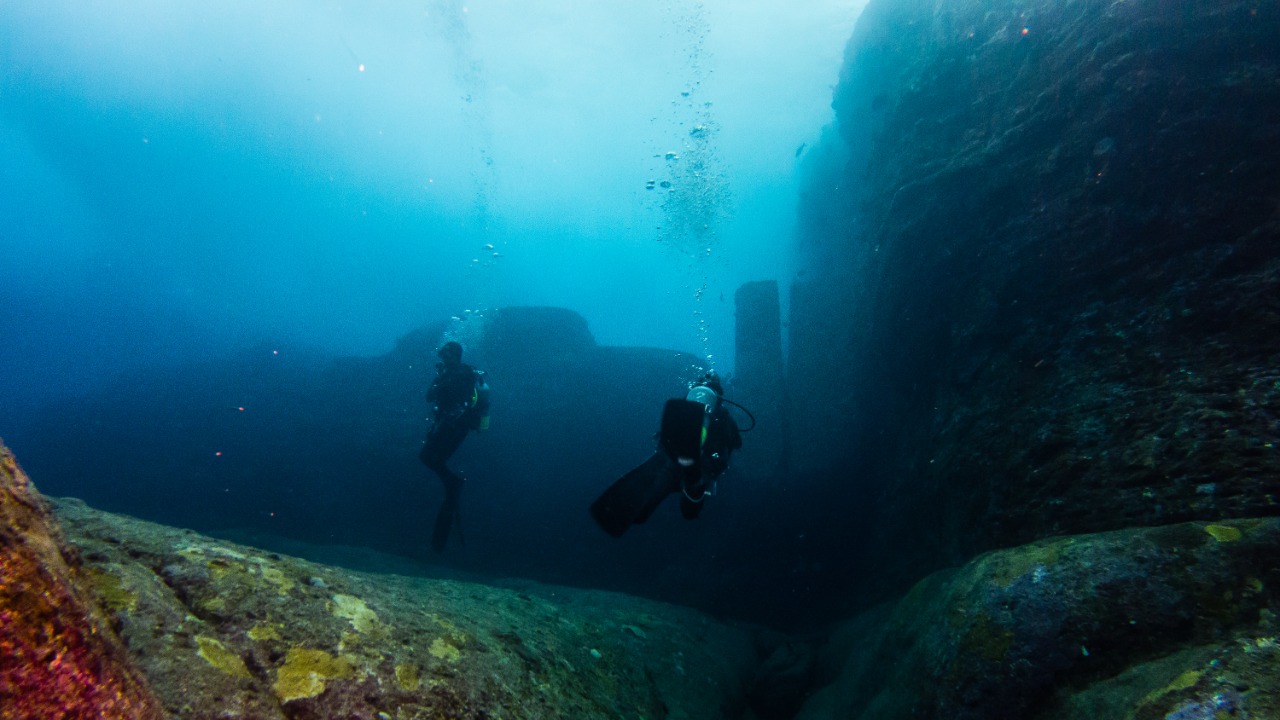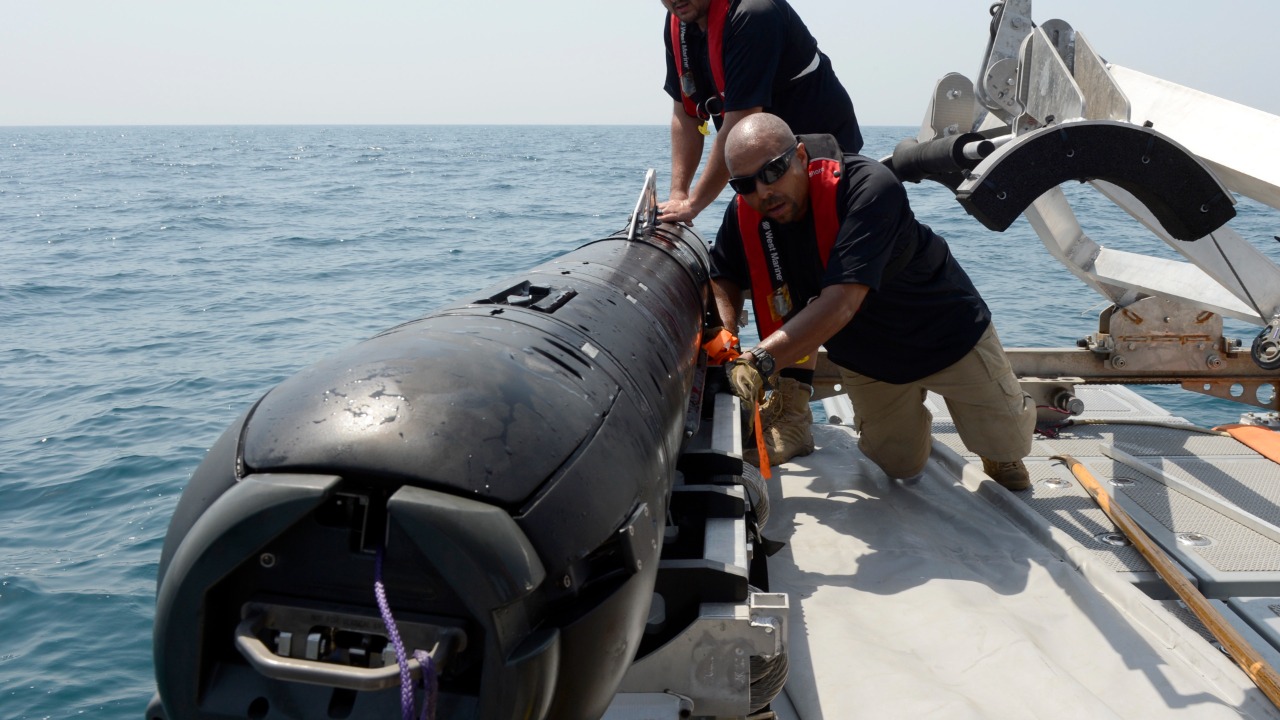
Recent discoveries have unveiled massive ruins on the ocean floor near Japan, sparking intrigue and debate among archaeologists and historians. These underwater structures, often compared to the lost city of Atlantis, offer new insights into ancient civilizations and their potential connections across the globe. They present an opportunity to explore the significance of these findings and unravel the mysteries they hold.
The Discovery: Yonaguni Monument

Location and Description
The Yonaguni Monument is located off the coast of Yonaguni, the southernmost of the Ryukyu Islands in Japan. It lies approximately 25 meters underwater, its massive stone formations sprawling across the ocean floor. The monument is characterized by its sharp-edged, terraced formations, which some describe as resembling a step pyramid or ziggurat. Its size is staggering, measuring roughly 150 meters long and 40 meters wide, with intricate features such as flat surfaces, straight edges, and 90-degree angles that have puzzled scientists and divers alike.
Initial Discovery and Exploration
The monument was first discovered in 1986 by a local diver named Kihachiro Aratake, who stumbled upon the mysterious formations while exploring the seabed. Since then, numerous expeditions have been launched to study the site, attracting attention from both the scientific community and the public. These explorations have uncovered additional structures nearby, contributing to a growing belief that Yonaguni could be the remnants of a submerged city. Despite the challenges of underwater research, scientists and divers have continued to document and analyze the site, spurred by the monument’s enigmatic allure.
Scientific and Archaeological Interest
The Yonaguni Monument has generated considerable scientific interest, drawing researchers from various disciplines eager to unlock its secrets. Studies have focused on determining the origin and age of the formations, with some suggesting they could date back to the last ice age, around 10,000 years ago. Archaeologists have also examined possible connections to other ancient cultures, seeking evidence of human activity in the area. Despite differing opinions on its origin, the monument remains a focal point of archaeological research, inspiring new theories and methodologies.
Debates and Theories

Natural Formation vs. Human-Made Structure
A major debate surrounding the Yonaguni Monument is whether it is a natural geological formation or a man-made structure. Proponents of the natural formation theory argue that the site is the result of tectonic activity and erosion, pointing to similar formations found in other parts of the world. Meanwhile, supporters of the human-made theory cite the monument’s precise angles and shapes as evidence of ancient craftsmanship. This ongoing debate has fueled further research and discussion, with experts weighing the possibilities through geological and archaeological analysis.
Cultural and Historical Significance
There are theories suggesting the ruins could be linked to ancient cultures, potentially reshaping our understanding of history. Some researchers propose that the site may have been part of a prehistoric civilization that predates known human settlements in the region. This idea has captivated the imagination of many, drawing parallels to legends of lost civilizations such as Atlantis. If proven man-made, the Yonaguni Monument could offer insights into early human ingenuity and maritime capabilities, challenging current historical narratives.
Comparisons to Other Ancient Sites
To provide context, the Yonaguni Monument is often compared to other famous ancient sites like Machu Picchu and the Pyramids. These comparisons highlight the monument’s potential importance and the mysteries it holds. While the site lacks the grandeur and widespread recognition of its terrestrial counterparts, Yonaguni’s underwater location adds to its enigmatic appeal. The monument invites speculation about ancient global connections and the extent of human civilization in prehistoric times.
Impact on Local and Global Perspectives

Influence on Local Communities
The discovery of the Yonaguni Monument has had a significant impact on local communities in Japan. Economically, it has boosted tourism in the region, attracting divers and tourists eager to witness the mysterious ruins firsthand. Culturally, the site has become a source of pride and intrigue, sparking interest in local history and heritage. Socially, the monument has fostered a sense of wonder and curiosity, encouraging residents and visitors alike to explore the depths of their past.
Tourism and Conservation Efforts
Balancing tourism and conservation is a key challenge for the Yonaguni Monument. While increased tourism provides economic benefits, it also raises concerns about preserving the site for future generations. Efforts are underway to promote responsible tourism, including guidelines for divers and initiatives to protect the underwater environment. Strategies focus on minimizing human impact while allowing visitors to experience the monument’s beauty and mystery.
Global Archaeological Implications
The Yonaguni Monument’s discovery has implications for global archaeological practices and the study of ancient civilizations. It challenges researchers to expand their understanding of human history and consider the possibility of unknown cultures and technologies. The site has prompted a reevaluation of traditional archaeological approaches, encouraging innovative methods and cross-disciplinary collaboration. As a result, Yonaguni serves as a catalyst for advancing the field and inspiring future discoveries.
Technological and Methodological Advancements

Underwater Archaeology Techniques
Exploring the Yonaguni Monument requires advanced underwater archaeology techniques, such as sonar mapping and the use of underwater drones. These technologies have proven effective in capturing detailed images and data, allowing researchers to study the site without disturbing its natural state. Such innovations have expanded the boundaries of underwater exploration, enabling scientists to document and analyze submerged structures with unprecedented precision.
Innovations in Research Methods
The findings at Yonaguni have prompted new methodologies in archaeological research. Researchers are employing interdisciplinary approaches, combining geology, archaeology, and technology to gain a comprehensive understanding of the site. This integration of fields has led to novel insights and hypotheses, challenging conventional perspectives and encouraging creative problem-solving. These innovations hold promise for future discoveries and the advancement of archaeological knowledge.
Future Prospects and Research Directions
Looking ahead, the Yonaguni Monument offers exciting prospects for future research. Ongoing studies aim to uncover more about its origin, age, and significance, with potential breakthroughs reshaping our understanding of ancient civilizations. Researchers are eager to explore the site’s mysteries further, armed with cutting-edge technologies and a commitment to unraveling the past. The monument’s allure continues to captivate the scientific community, promising new revelations and enriching the tapestry of human history.